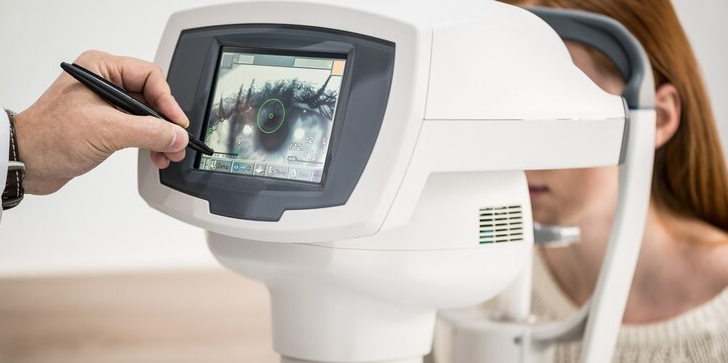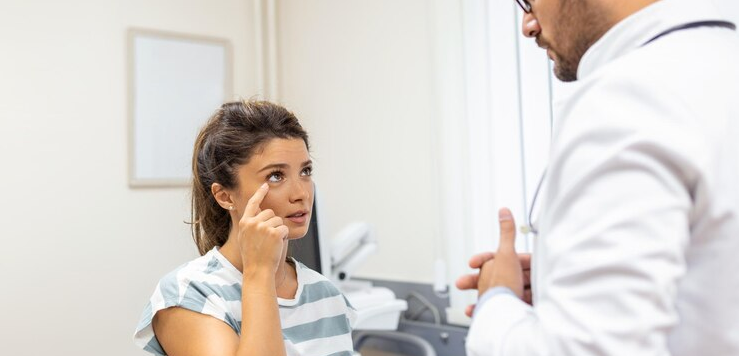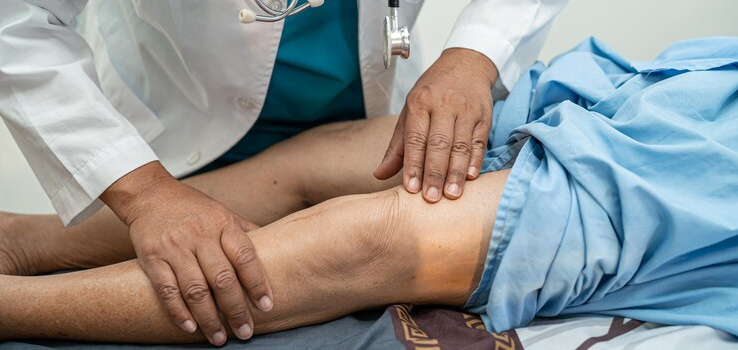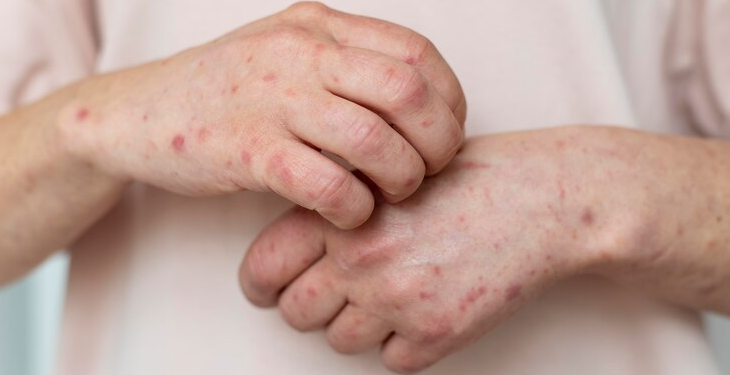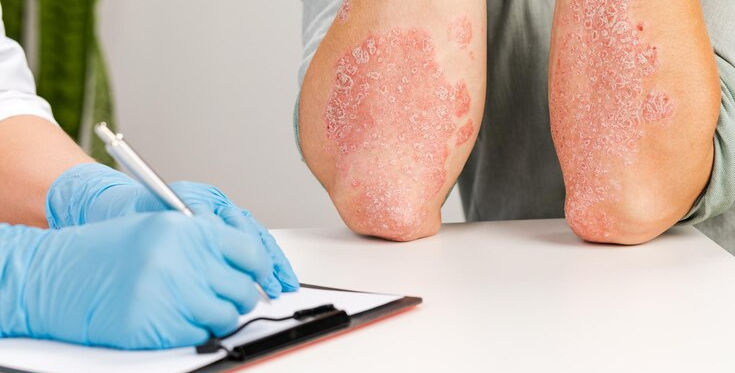The following is the summary of “Sars-Cov-2 antigen tests predict infectivity based on viral culture: comparison of antigen, PCR viral load, and viral culture testing on a large sample cohort” published in the January 2023 issue of Clinical microbiology and infections by Kirby, et al.
The goal of this study was to characterize the association between severe acute respiratory syndrome coronavirus 2(SARS-CoV-2) antigen, viral load as measured by reverse transcription-quantitative polymerase chain reaction (RT-qPCR), and detection of the virus in culture. Viral culture can serve as a proxy for the infectivity of sampled individuals, guiding the deployment of antigen and nucleic acid amplification-based diagnostic testing modalities in the most effective ways possible. In up to 189 nasopharyngeal swab samples positive for SARS-CoV-2, we compared the outcomes of antigen testing using 3 lateral flow and 1 microfluidics assay with viral culture detection and viral load assessment done in tandem. The RT-qPCR-measured viral loads of the samples researchers tested were representative of the range of values seen in their study population.
LumiraDx microfluidics approach showed higher sensitivity (90%; 95% CI 83-94%) than BD Veritor (74%; 95% CI 65-81%), CareStart (74%; 95% CI 65-81%) and Oscar Corona (74%; 95% CI 65-82%) lateral flow antigen assays, all of which were predictive of viral culture positivity. Areas under the receiver operator characteristic curves of 0.94 to 0.97 for antigen positive and 0.92 for viral culture positivity demonstrated a strong relationship between sample viral load and antigen and culture positivity. Predicting viral culture positivity at a viral load threshold of 100,000 copies/mL was 95% sensitive (95% CI, 90-98%) and 72% specific (95% CI, 60-81%).
Despite the inadequate specificity of antigen testing, we found that its sensitivity was ≥95% after adjusting for the intrinsic sample dilution in our study design, allowing us to detect viral culture-positive samples with more than 106 genome copies/mL viral loads. Furthermore, it was shown that viral culture findings were related to antigen test outcomes. At high viral loads, which are probably linked with significant infectivity, the sensitivity of antigen testing was high for culture-positive samples. As a result, their findings lend credence to the concept of using antigen testing to rule out infectiousness at the time of sampling.
Source: sciencedirect.com/science/article/pii/S1198743X22003743






